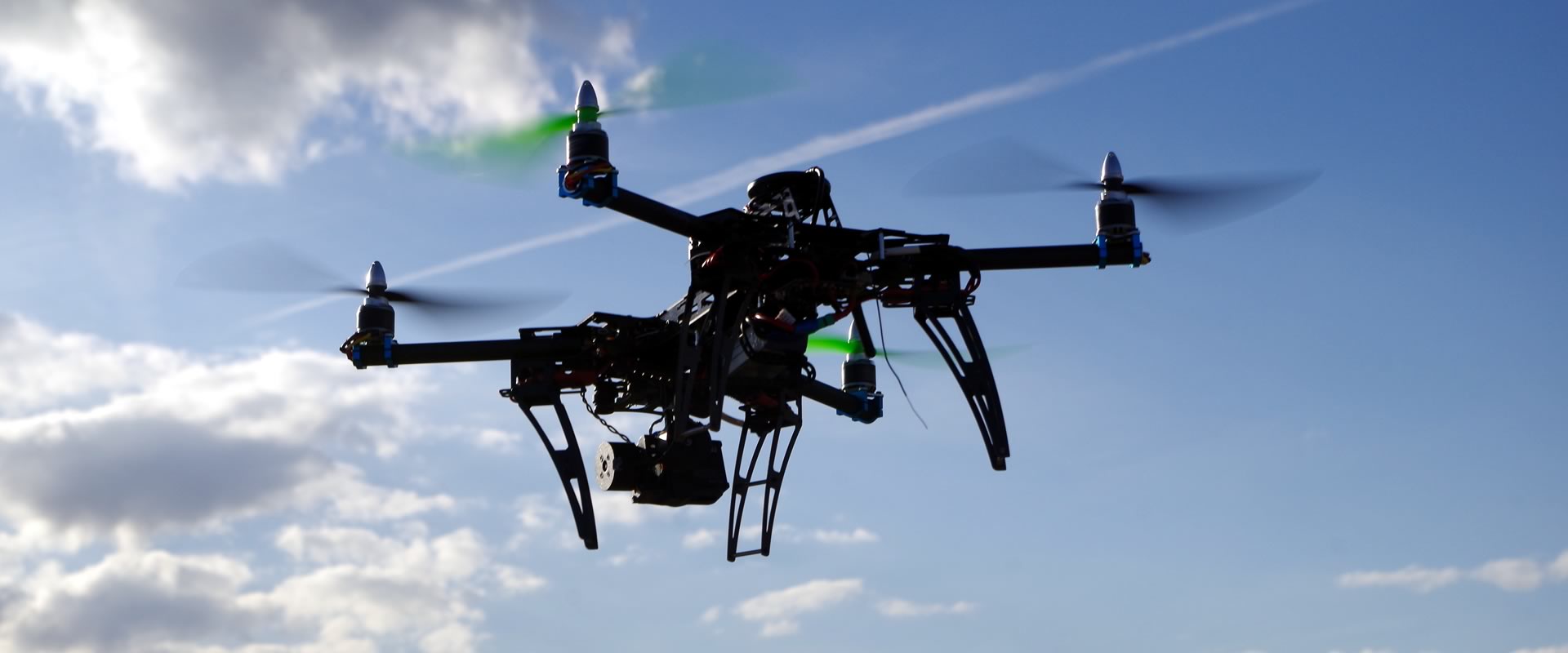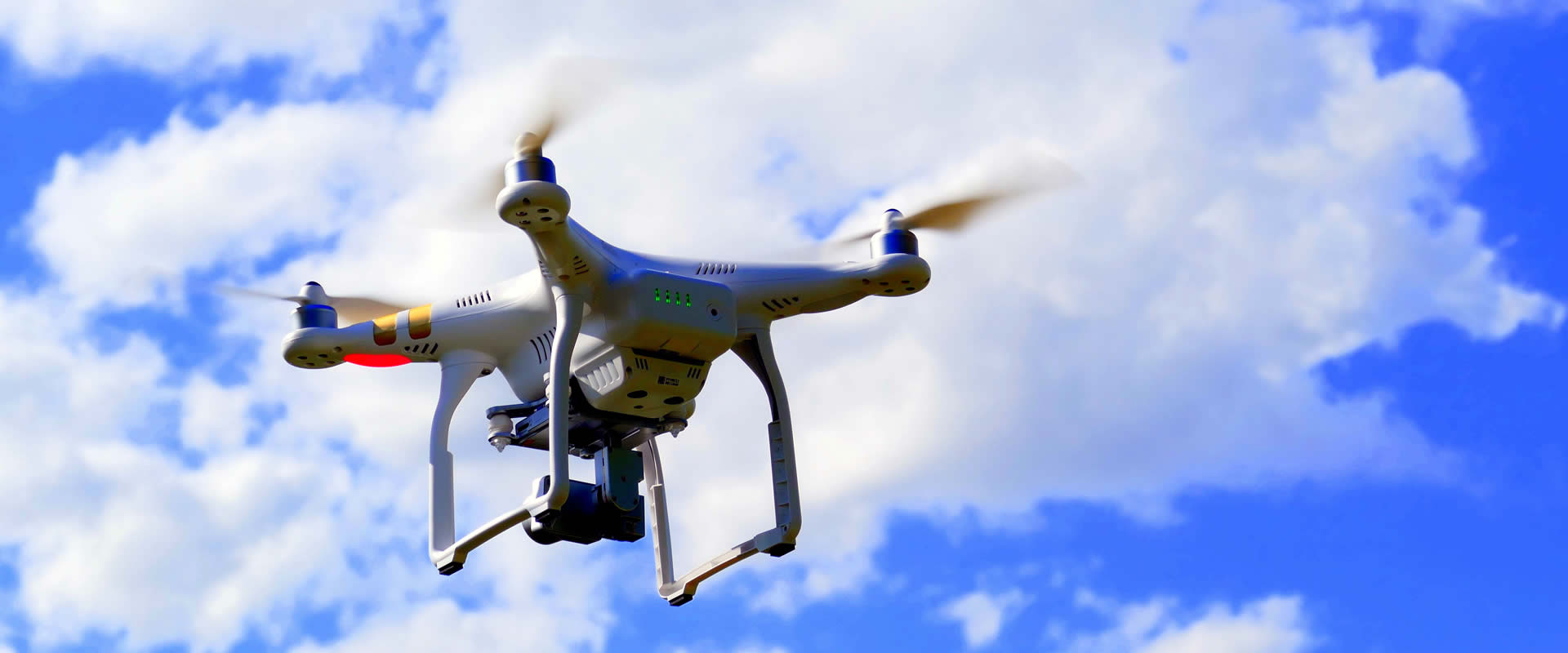LRPA is at the cutting edge of the emerging legal landscape governing the domestic use of unmanned aircraft systems (“UAS”), commonly known as “drones”. On August 29, 2016, the FAA issued its much anticipated regulations governing the use of commercial drones in the national airspace. The FAA’s new Part 107 rules for non-hobbyist UAS operations address a broad range of commercial uses for drones weighing less than 55 pounds. It is estimated that integration of drones into the national airspace will account for over 85 billion dollars in job creation and economic growth over the next decade. At LRPA, we understand drone certification, licensing, registration and the FAA’s regulatory framework. Drone applications continue to grow and include construction, land surveillance, precision agriculture, film industry, wildlife tracking, search and rescue operations, disaster response, border patrol, and photography.
Drones & Emerging Natural Resource Issues
The use of drones is revolutionizing the agricultural industry by lowering growers’ costs while increasing harvest yields. Precision agriculture, for example, is ripe for disruption with the use of drones as water shortages, finite land resources and climate change continue to challenge growers around the world. The ability to capture and analyze crop data with drones provides growers with state-of-the-art, unique insights and actionable data such as evaporation and transpiration rates that aid in reducing costs while producing more crops with fewer resources. For example, the use of multispectral imaging by drones to evaluate visible light as well as near infrared (“NIR”) light reflected by crops as an early indication of crop health and vigor is becoming more widespread. The use of drones to fly autonomous “mow the lawn” patterns collecting hundreds of multispectral images which, once combined, form a single, high resolution image of a grower’s crops, is becoming increasingly common. These multispectral images are converted into a normalized differential vegetative index (“NDVI”) map depicting crop stresses caused by nutrient levels, water, disease, mold, and insect and weed infestations. While satellites have provided these images for decades, the images have been low resolution, subject to a 3 week production delay and are often obstructed by cloud cover.
LRPA can provide legal assistance in helping clients get their UAS business off the ground and can provide services for commercial operators, governmental entities, technical advisers, photographers, real estate firms, film studios and hobbyists. LRPA can assist with any drone related legal issue including:
UAS Service Agreements
Mutual Non-Disclosure Agreements
Customer Contracts & Service Agreements
Certificates of Authorization & Waiver for Public Agencies
Business Formation
Operating Agreements
Accident Reporting
Aircraft Registration
Defense in FAA Enforcement Actions
Please contact LRPA Attorney / FAA Certified UAS Remote Pilot Christina J. Bruff for more information on how LRPA’s UAS & Drone practice can help your organization.




